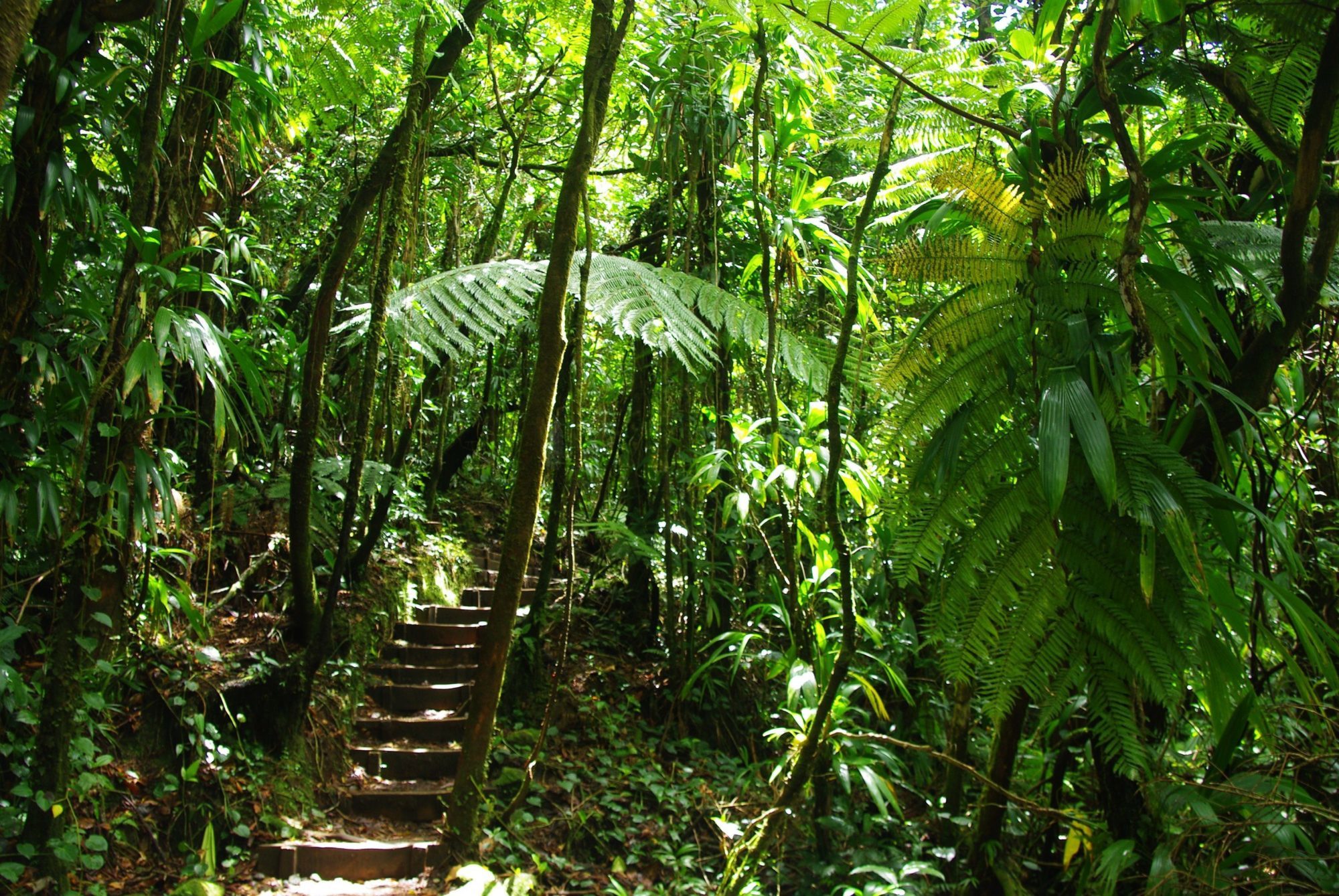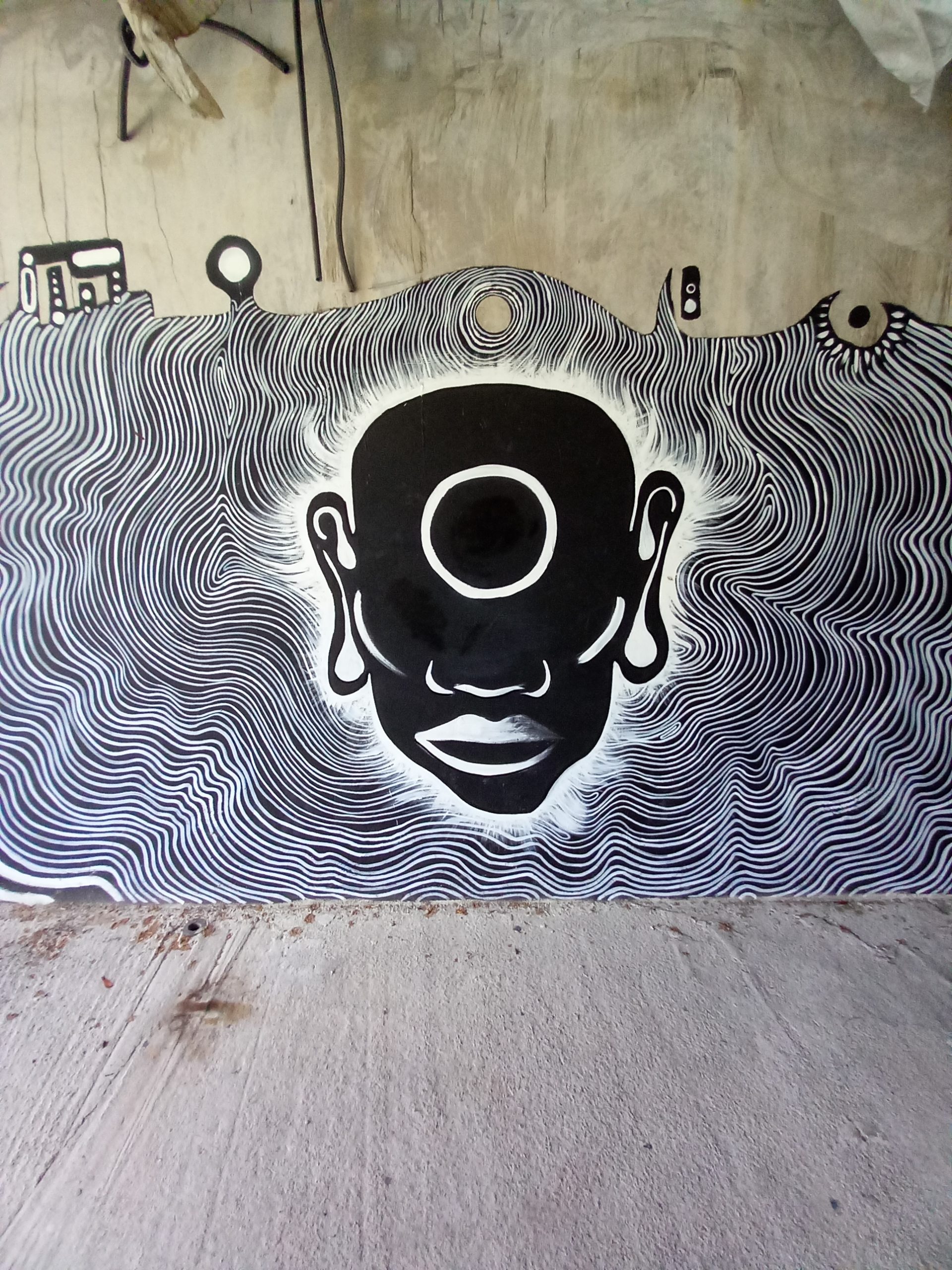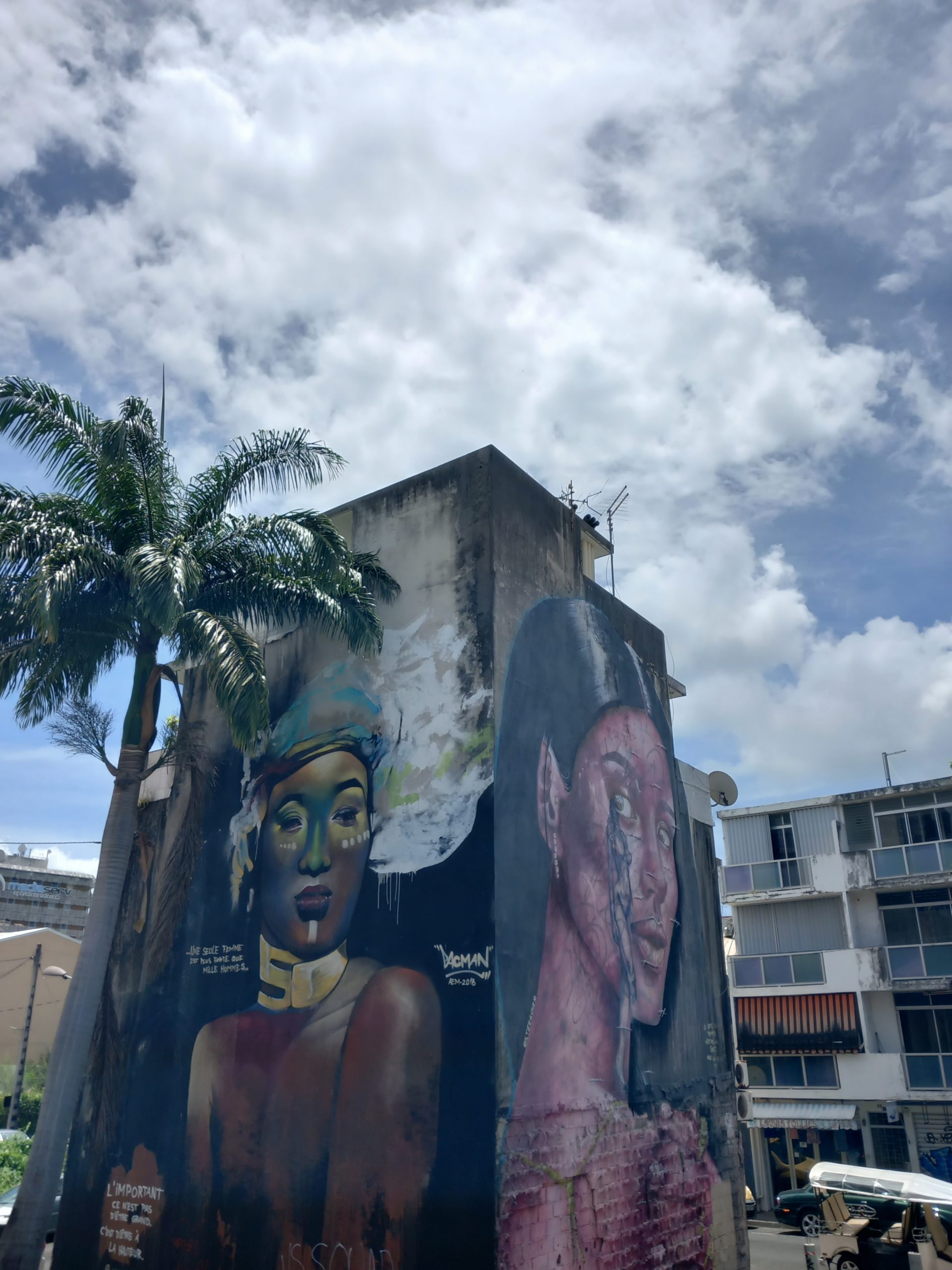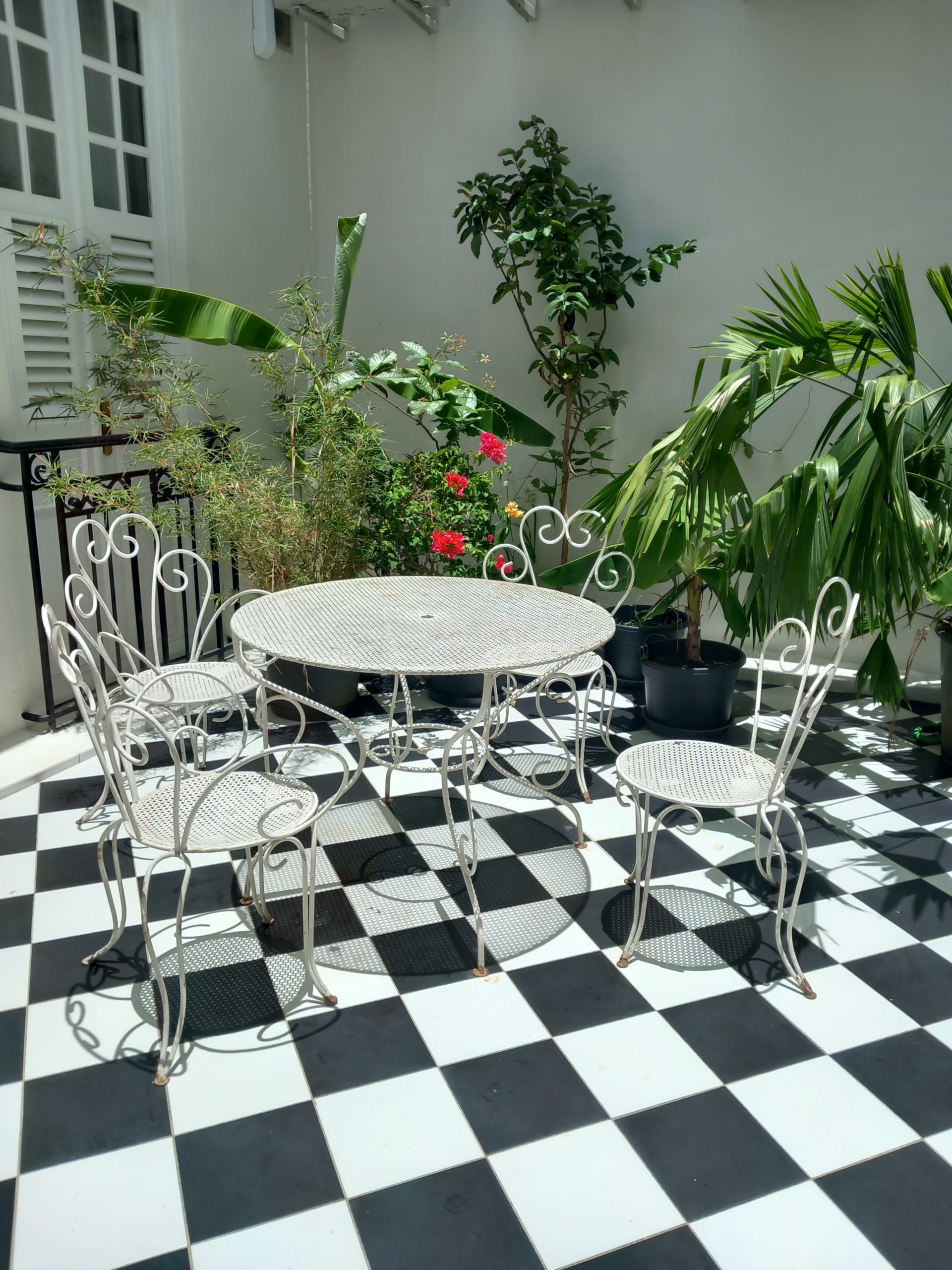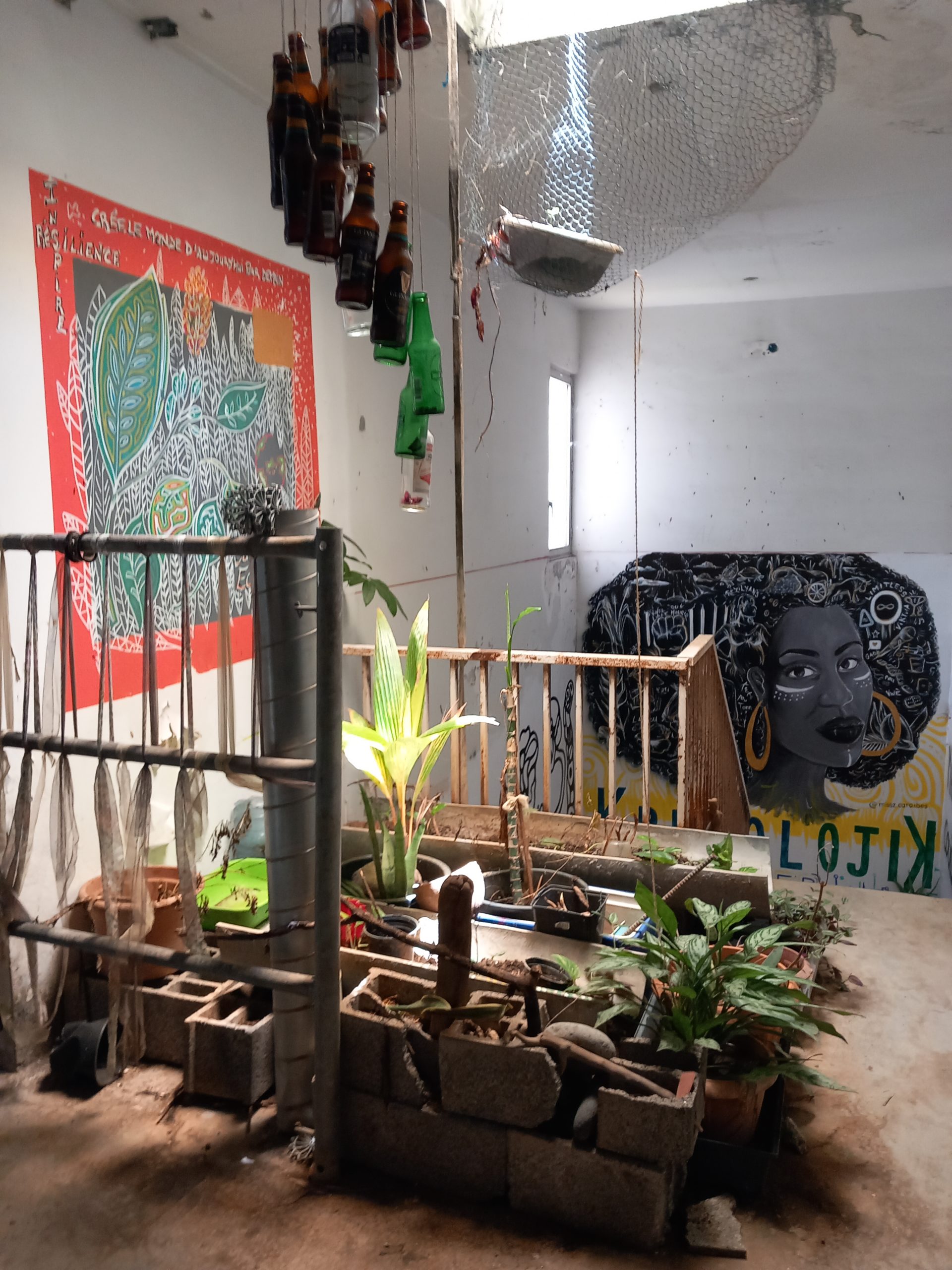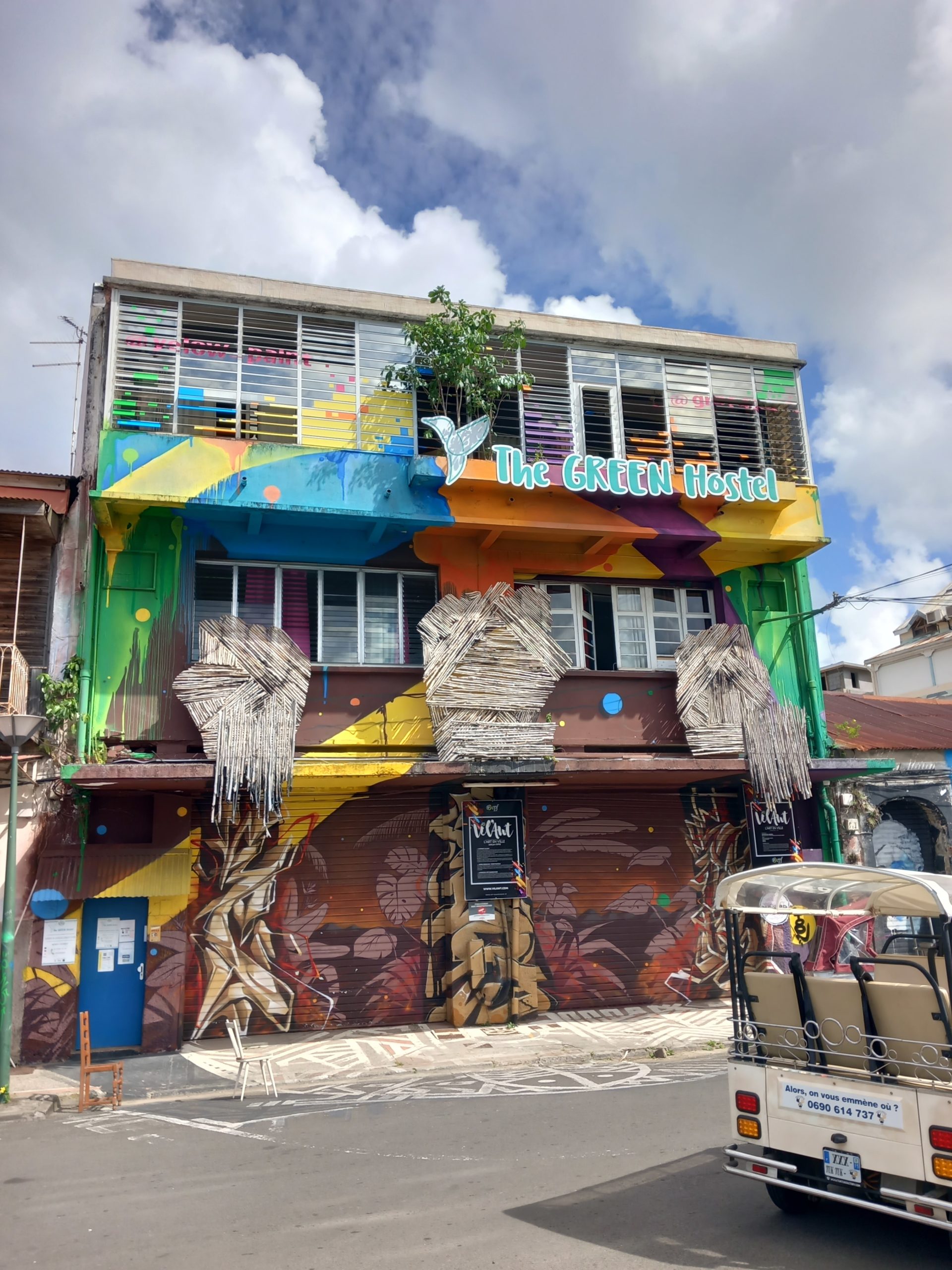
Pointe-à-Pitre, an emblematic city of Guadeloupe steeped in history. This city, which has traversed the ages, sometimes worries more than it intrigues the many travelers who visit it. However, it hides unsuspected treasures that will allow you to discover the city from a new perspective.
Near the cruise terminal, a small discreet building houses the premises of Enoch and Julien, owners of the Pousse-pousse Taxi company. Former post office buildings with a ceiling adorned with metal beams from the Eiffel construction sites, the starting point of the tour sets the stage for the main theme: Pointe-à-Pitre is a city filled with history not visible to the naked eye.
Enoch and Julien offer different modes of transportation, such as small electric cars and electric and motorized Tuk-Tuks, which have crossed the ocean to take us on an unconventional tour through the city that we constantly traverse without paying attention to the right places.
Enoch is a native of Pointe-à-Pitre, passionate and fascinating with his journey and determination. He is a staunch advocate and defender of the arts and knowledge related to Guadeloupean and African history in the Caribbean. He is more than a guide; he is also an active participant in the preservation, realization, and development of the local culture that is dear to him.
During this tour, they will present different open-air paintings of Guadeloupean street art, which have breathed life and color into this city that can sometimes have a dark side. The various artists playfully graffiti history in strategic locations to accentuate their thoughts. Thus, one can find abandoned buildings transformed into monstrous animals several meters tall, deceased local figures brought back to life and transcending posterity on immense walls, and works filled with dozens of hidden messages narrating the infernal history of slaves torn from their countries to live through hell in the Caribbean.
Enoch is extremely knowledgeable about his subject, and his commitment is particularly noticeable during the visit to the Center for Arts and Culture, a building whose construction was halted without a clear reason. It has been taken over by numerous artists, and every unpainted wall is still crisscrossed with cables that abruptly stop. The artists have made the building their own and filled every centimeter with artwork worthy of a New York museum. Enoch has contributed, along with the many artists, to clean and preserve this place that seems to hold such significance for him.
When traversing Pointe-à-Pitre, one often gets the impression that the city is weighed down and bogged down in its past and its heavy architecture, where no one really wants to delve into it again. Thanks to the many artists and actors in this silent reconstruction, the city is gaining a new, calm, and patient momentum. It is a proof of hope, strength, and courage, allowing us to see the city with fresh eyes and, for once in a long time, imagine an optimistic future for it.
